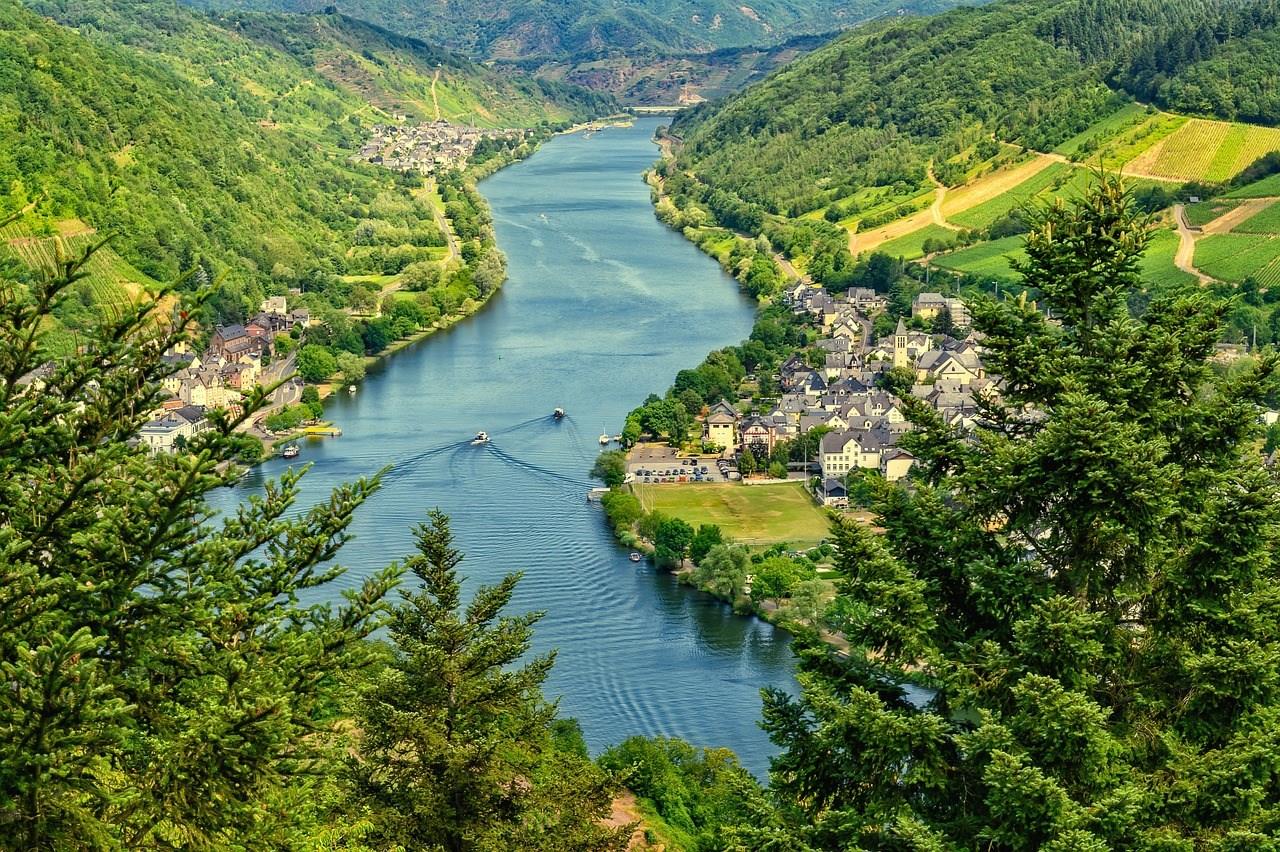

Moselle River
A tributary of the Rhine, the Moselle River flows through France, Luxembourg and Germany. The Moselle also lends its name to a region of France, a valley which it bisects, and a wine produced along its banks.

Wisconsin
Wisconsin is bordered by two Great Lakes (Superior and Michigan). Milwaukee is the key city, and popular for the Harley-Davidson Museum, the Public Museum, and various beermakers' brewery tours.

Ait Benhaddou
Aït Benhaddou, a UNESCO World Heritage Site, is a captivating ksar (fortified village) nestled on the ancient caravan route between Marrakech and the Sahara in Morocco. Known for its stunning earthen clay architecture and towering kasbahs, Aït Benhaddou offers visitors a glimpse into Morocco's rich history and Berber culture.

Bamberg
Intended by Henry II, Duke of Bavaria to be the "second Rome", Bamberg is a gem of a UNESCO World Heritage site! The medieval layout of the city is still very well preserved, including the Altes Rathaus, which occupies an island in the Regnitz reached by arched bridges.

Kuopio
Kuopio, Finland, offers a perfect blend of natural beauty and cultural richness, making it an alluring destination for visitors. Nestled in the heart of the Finnish Lakeland, Kuopio is surrounded by the serene waters of Lake Kallavesi, offering stunning panoramic views from the famous Puijo Tower. This 75-meter observation tower provides a sweeping vista of the lake and the rolling hills.


